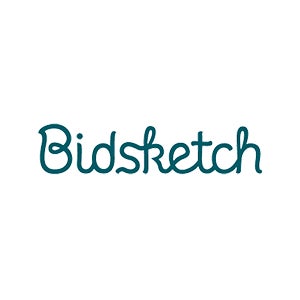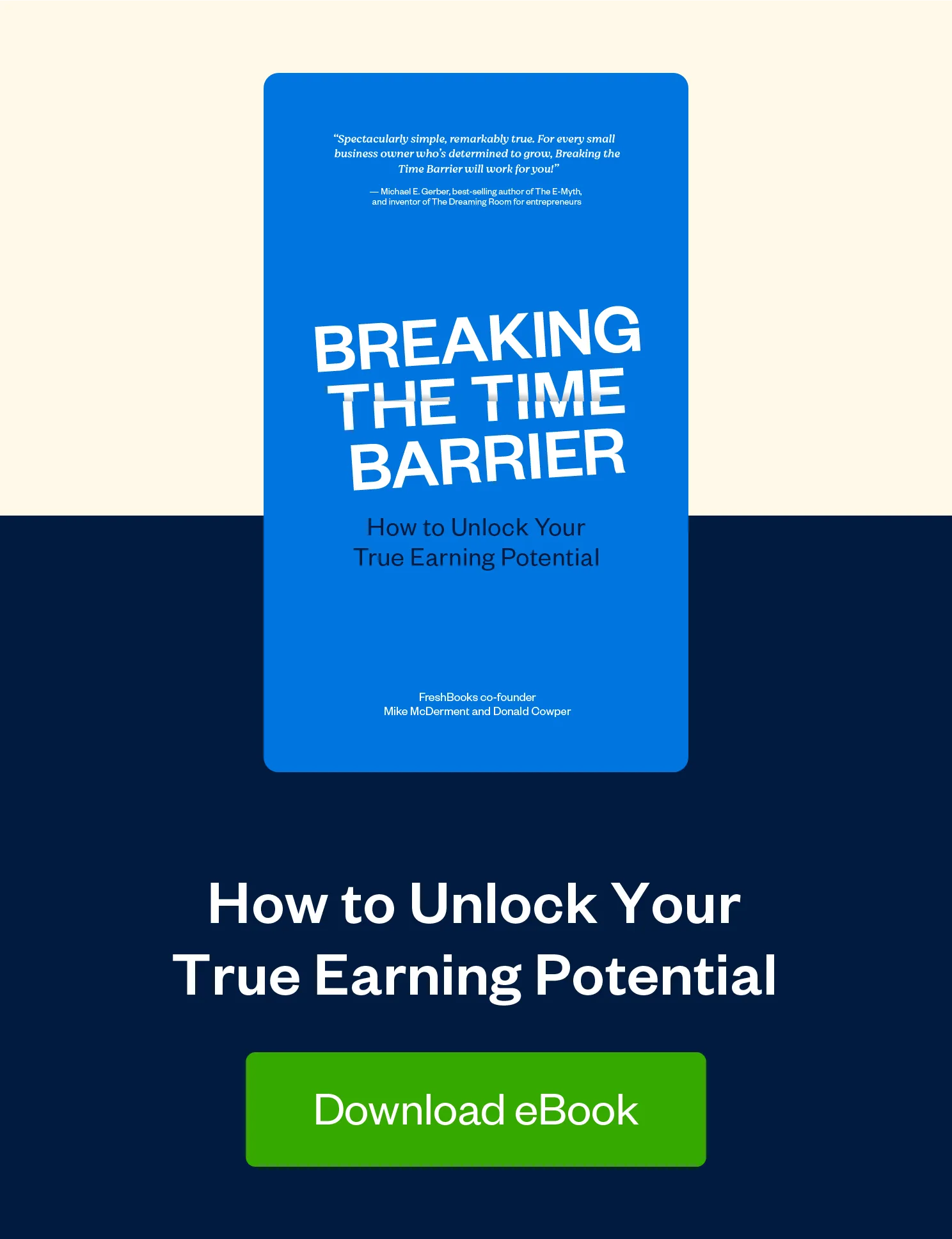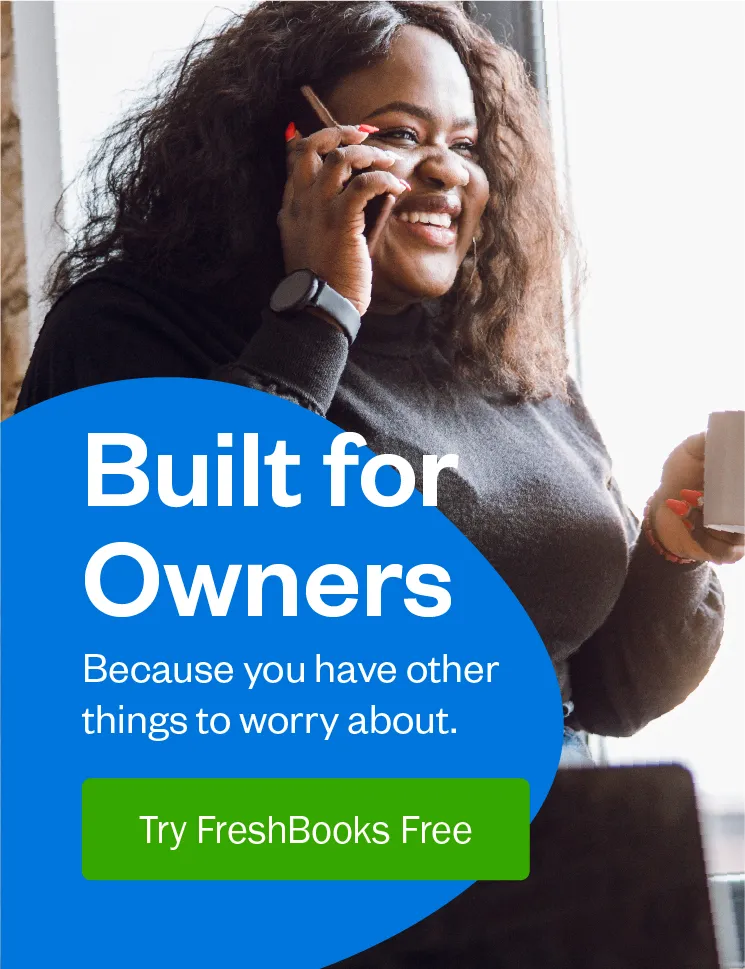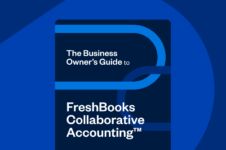Persuasive pricing could be the make or break when it comes to winning projects.

It’s easy to think of the price you set for a client as the most straightforward part of your business proposal or estimate.
After all, how much nuance is there really when it comes to pricing? Is it even possible to make pricing itself strategic?
As it turns out, yes—and there’s plenty of research and testing on the subject to back this up.
When it comes down to it, what you are doing is telling your prospective client how much they can expect to pay if they choose your services. But how you frame this information can be the difference between a proposal that is accepted or rejected.
We analyzed 25,000 proposals worth $270M and came away with several pricing lessons we’re going to walk through for you right now.
First, we’ll go into exactly what persuasive pricing looks like, the types of estimates you should avoid sending prospects, and finally, how to make persuasive pricing work in your proposals and estimates.
What Goes Into a ‘Persuasive’ Price?
You might be surprised to learn that clients often don’t reject proposals because of the price. Instead, we’ve found that clients say no to a proposal not just because of sticker shock, but because of the way the price was presented.
The key to a persuasive proposal or estimate price, it turns out, is all about presentation.
You can present a price in a way that is incredibly persuasive, and you will be able to win over clients—and you can also present that same price in a different way, and never see a sale.
Avoid: A Hasty Email Estimate
You’re approached by a prospective client who is after a quote. You look at the specifications of the project, and send over a quick “Sure—I could do that for $X.”
Unfortunately, while that might be efficient on your end (and it’s probably a realistic look at what you’d hope to price at overall!), this method isn’t particularly strategic.
On a basic level, it opens you up to price hunting—since you just sent over a quick estimate, your prospect might be looking around at other professionals and comparing rates.
More importantly, however, it encourages a focus just on the dollar amount your prospect will be parting with, rather than on the value they’re receiving (we’ll get into this more in a minute). Plus, it’s less professional than the other options out there, so higher value clients might not take you as seriously.
Avoid: Highly Detailed, Itemized Estimates
So, you’ve opted to avoid a quick emailed price quote. Great! Now, you might be tempted to break out your deliverables and price for each one individually. After all, you want to show that you’re adding value, so it’s good to show a client where their money is going, right?
Well, it depends. Why?
By breaking everything down, you’re inviting your prospective client to nickel-and-dime you, and question whether aspects that you’ve listed are really necessary. You know they’re necessary, or you wouldn’t have included them—but your client isn’t an expert on your industry like you are!
We found that highly itemized proposals had a 30% lower acceptance rate.
So, you shouldn’t send a hasty quote that only mentions your overall cost, but you also shouldn’t send a highly itemized estimate. Where does this leave you? We’ll cover how you should frame your proposals and estimates next.
The Elements of Persuasive Pricing
Now that we’ve covered what to avoid, here’s what a persuasive estimate or proposal should contain.
Note that when it comes to pricing persuasively, whether you’re sending a full-fledged, in-depth business proposal or a shorter estimate matters less. What’s more important is that you offer options, display value, and give prospective clients a clear next step that they can take.
Focus on Outcomes for Your Prospective Client
Like we mentioned earlier, make sure you focus less on cost, and more on the value-add that your services provide for the prospective client.
Do you have data around past customers that you can integrate into the description of what you’ll deliver? For example, did a previous client use a specific package that you offer and see a percentage-based increase in conversions? Can you reframe your service offering from something basic, like “website redesign,” to “conversion-focused website optimization,” or whatever their unique goal is?
Focusing on these details shifts the conversation away from just a dollar amount and toward how the client stands to benefit.
Provide One Total Cost
As we covered earlier, itemizing each aspect of your service offering isn’t going to give you the results you are after. So, what should you do?
Instead of breaking everything down, quote a single total. It doesn’t give clients the opportunity to compare your price, line by line, with other solutions, and it again shifts the conversation away from individually itemized costs and toward the value you are adding to their business overall.
Offering one overall cost (rather than itemized costs and then a total at the bottom) is a way to again focus on outcomes, rather than the individual “stuff” you are offering. Sure, you can break out all the aspects of your service and give them an individual price tag, but the reality is that your client cares less about these details, and more about the overall big picture.
At the end of the day, they are paying one cost for an overall service experience. There’s no need to pull back the curtain quite so much.
Offer Multiple Pricing Options
Proposals and estimates with this simple strategy earned 32% more.
Maybe your prospective client wants to work with you, but they can’t currently fit a project of the scope you offer into their budget.
So, for your pricing to be persuasive and more likely to result in a closed deal, consider creating multiple packages at varying price points.
It is worth noting that the key to offering multiple pricing options successfully is being comfortable offering options as packages. Each with improving on the previous option and progressively more expensive.
This means finding a minimum level of work that you are comfortable offering, as well as a maximum level, and creating packages accordingly based on work and value offered. This allows you the opportunity to meet the needs of a wider variety of clients, without compromising your integrity and undercutting your services.
Set a Clear Call to Action
Finally, make it as easy as possible for your client to give you a yes. They shouldn’t be left wondering what the next steps will be—they should have a clear path laid out by which they can accept your offer.
Include a section with next steps, such as how to accept the proposal, who to call to speak with about setting up a meeting, the process for submitting payment, or similar, so that your client can easily agree to do business with you.
Remember: When it Comes to Being Persuasive, Presentation Matters
The reality is that at a basic level, a lot of the information you will be presenting in a proposal or a price estimate will be the same, regardless of whether or not you attempt to make it more persuasive.
The key is to think about presentation; while ultimately you will still be presenting your prospective client with a dollar value tied to the services you are offering, you can have an impact on how likely it is that you’ll receive a positive response by the way you present the information.
By offering options like multiple pricing tiers, only showing one total cost, laying out a clear path of next steps, and—most importantly—framing the conversation less around the nuts and bolts of what you are selling, but how it can benefit the prospective client, you can take basic information (the cost of your services) and turn it into a persuasive argument for why the prospective client should choose you.

Written by Bidsketch, FreshBooks Content Contributor
Posted on August 8, 2018

 What’s the Difference Between an Estimate, Quote, Bid and Proposal?
What’s the Difference Between an Estimate, Quote, Bid and Proposal?





